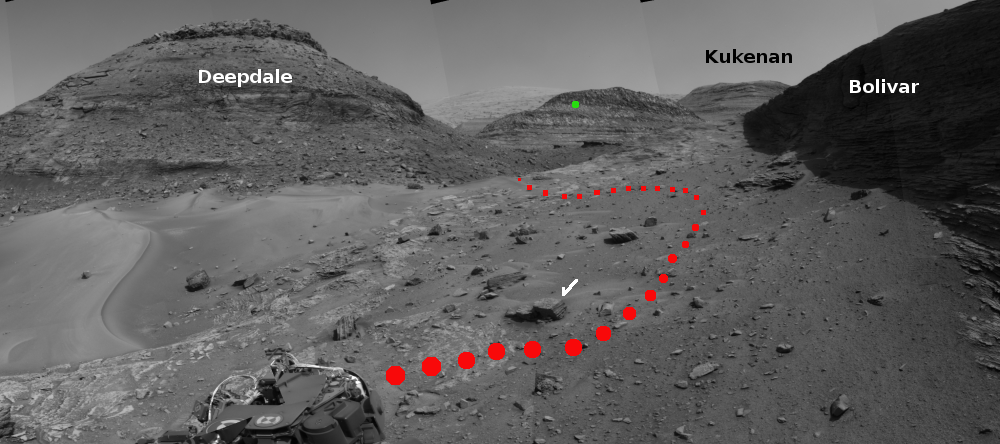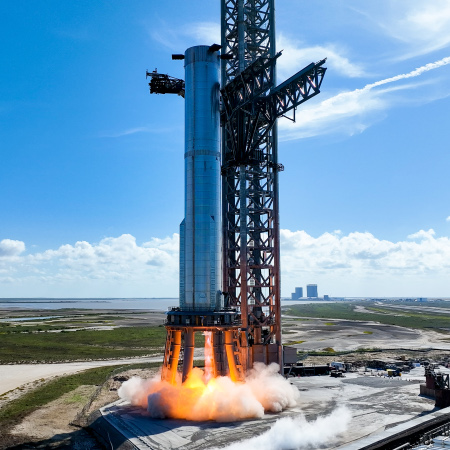Another and this time longer static fire tests for Superheavy prototype #7
Capitalism in space: SpaceX engineers yesterday conducted a second static fire engine test of the 7th prototype of its Superheavy first stage booster, firing a different engine for 20 seconds.
The action ramped up on Thursday (Aug. 11) for Booster 7, which conducted a much longer static fire on Starbase’s orbital launch mount. The burn, which occurred at 3:48 p.m. EDT (1948 GMT), lasted for 20 seconds, SpaceX said via Twitter (opens in new tab).
The long-duration burn aimed to “test autogenous pressurization,” according to a tweet posted by Musk (opens in new tab) shortly before Booster 7 fired up.
Expect these engine tests to occur on a regular basis over the next few weeks, as engineers ramp up their operations in preparation for the first orbital flight of both prototype #7 with Starship prototype #24 stacked on top.
Capitalism in space: SpaceX engineers yesterday conducted a second static fire engine test of the 7th prototype of its Superheavy first stage booster, firing a different engine for 20 seconds.
The action ramped up on Thursday (Aug. 11) for Booster 7, which conducted a much longer static fire on Starbase’s orbital launch mount. The burn, which occurred at 3:48 p.m. EDT (1948 GMT), lasted for 20 seconds, SpaceX said via Twitter (opens in new tab).
The long-duration burn aimed to “test autogenous pressurization,” according to a tweet posted by Musk (opens in new tab) shortly before Booster 7 fired up.
Expect these engine tests to occur on a regular basis over the next few weeks, as engineers ramp up their operations in preparation for the first orbital flight of both prototype #7 with Starship prototype #24 stacked on top.










